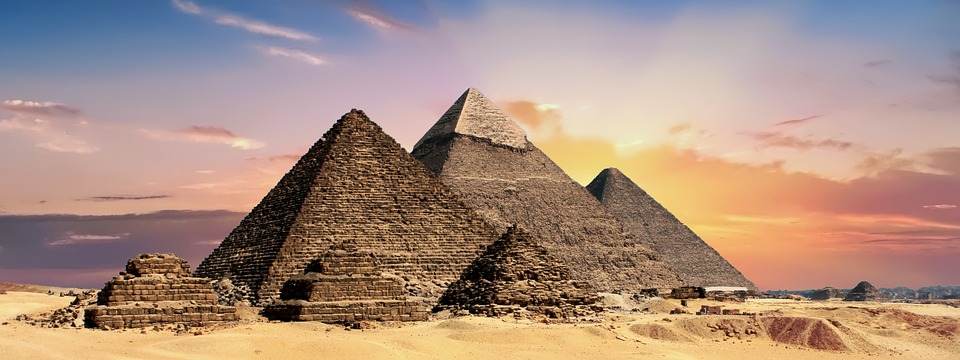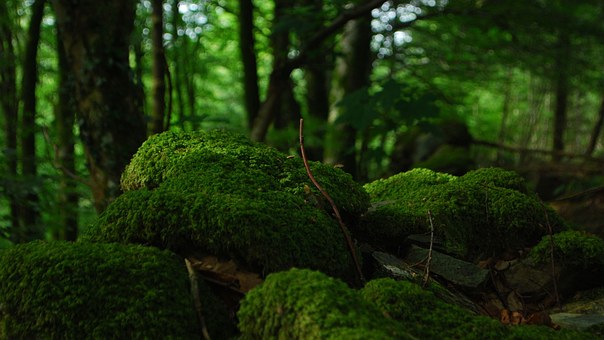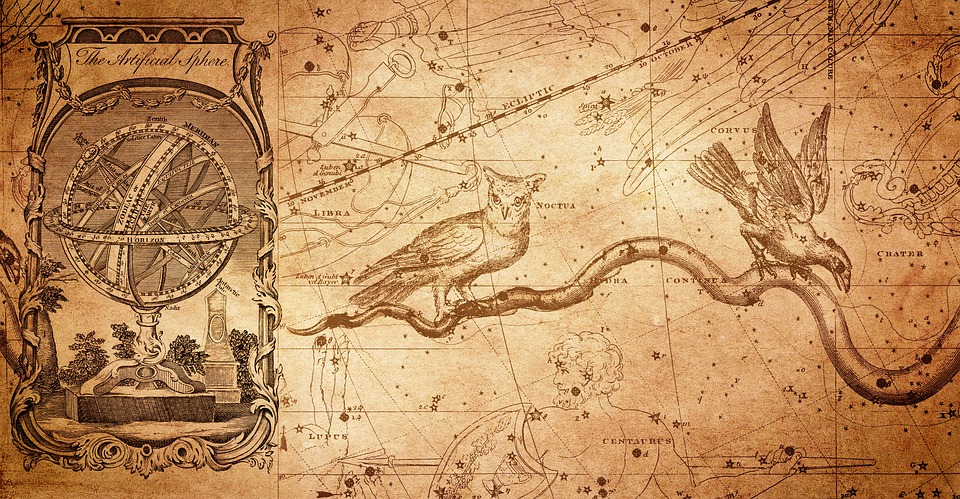Model of the Universe
From at least the New Kingdom on the Egyptian cult temple building was a symbolic model of the universe. It was built along an east-west axis, following the sun´s course through the day and surrounded by a brick wall built in alternating concave and convex sections. These symbolized the Primeval waters out of which Creation had risen. A processional path led up to the pylon towers, which were a reminiscent of the early, predynastic reed shrine that once had stood at the back of just such a guarded enclosure as the mud brick wall. The great portal which was set in between the pylons lead into one or several open courtyards in line, thereafter followed one or several covered pillared halls until finally the darkened sanctum where the naos which held the cult statue of the deity was reached.
Continue reading “Egyptian Temples, part IV: The Temple Building by Mirjam”




